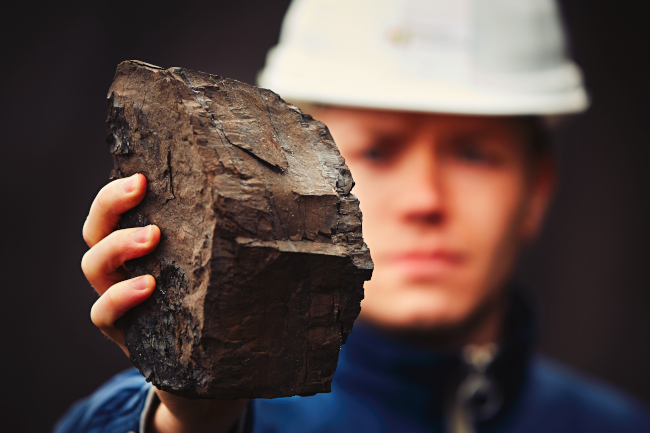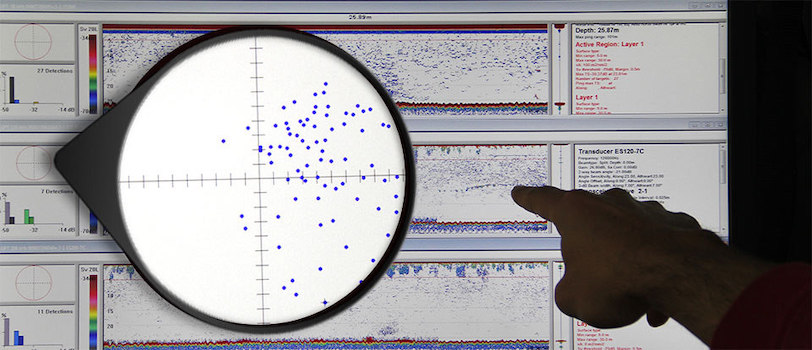Improving on coal, and its environmental impact
 Since the earliest artisans figured out how to smelt metals at high temperatures, carbon-rich energy sources such as coal have been a mainstay for these enterprises. While the demand for those metals continues to mount, so too does the volume of greenhouse gases (GHGs) generated by their production. Lowering those emissions, while still creating the necessary heat and chemistry, has proved to be a difficult task.
Since the earliest artisans figured out how to smelt metals at high temperatures, carbon-rich energy sources such as coal have been a mainstay for these enterprises. While the demand for those metals continues to mount, so too does the volume of greenhouse gases (GHGs) generated by their production. Lowering those emissions, while still creating the necessary heat and chemistry, has proved to be a difficult task.
Nevertheless, Ontario-based CHAR Technologies has found just such a way, and one of the world’s biggest steelmakers is embracing it. Since 2017, the company has been working with Dofasco on the challenge of replacing the mountains of coal needed to run its iconic Hamilton mill.
The first step has been to replace blast furnaces with electric-arc furnaces, which eliminate some three-quarters of GHG emissions. That substantially reduces the necessary amount of coal, which CHAR can then replace with its own proprietary version, called biocoal. This material is derived from wood waste — such as lumber mill scraps or shipping pallets — heated in an oxygen-free setting where they do not burn, but instead yield a combination of hydrogen rich gas and a concentrated, combustible carbon solid that burns more efficiently than the best coal.
The result is a product that keeps coal — and the GHGs it might release — in the ground, while using waste material that might otherwise end up in landfills. More specifically, the use of biocoal can reduce the net release of GHGs to almost zero, transforming an industrial sector that is responsible for some 10 percent of the world’s emissions.
Luxembourg-based ArcelorMittal, which owns Dofasco, has invested $6.6 million with CHAR to try out biocoal in its steelmaking operations. For CHAR CEO Andrew White, the move is a validation of the company’s mission to find practical ways of enabling traditional industries to meet the demands of net-zero GHG emission targets.
“That should make a significant impact,” he explained to Research Money, referring to the dramatic gains biocoal could bring to steel manufacturers around the world.
As the global implications of CHAR’s contribution become more obvious, though, he warns that it will be necessary for Canada to find ways of keeping innovative companies like CHAR here. Among the most obvious measures will be ensuring this country matches the growing slate of economic incentives that the United States has mounted to attract and retain advanced technology firms like CHAR.
Foremost on that list of incentives could be revisions to Canada’s Scientific Research & Experimental Development (SR&ED) program, which offers tax breaks to domestic firms conducting research. Although the program is widely used and popular in many circles, there have been regular calls to update its terms, to ensure it is serving its intended purpose.
Read more: “Searching for superior R&D”
“Even though we’re a Canadian-based company that evolved out of the University of Toronto, and we have 30 employees, so we’re not a huge multinational, by virtue of being on the Toronto Venture Exchange, we’re ineligible for things like SR&ED credits,” said White.
He added that the TSX Venture provides CHAR with early-stage risk capital, which would otherwise be in short supply. Yet by virtue of being publicly traded, the company is excluded from SR&ED, which is open only to Canadian-controlled private corporations.
“Even though all of our operations are Canadian, our workforce is Canadian, our footprint is Canadian, our shareholders are Canadian — it doesn’t matter,” he said, adding that the Canada Revenue Agency has heard about this difficulty from many enterprises that find themselves in this same bind.
R$
| Organizations: | |
| People: | |
| Topics: |
Events For Leaders in
Science, Tech, Innovation, and Policy
Discuss and learn from those in the know at our virtual and in-person events.
See Upcoming Events
You have 0 free articles remaining.
Don't miss out - start your free trial today.
Start your FREE trial Already a member? Log in
By using this website, you agree to our use of cookies. We use cookies to provide you with a great experience and to help our website run effectively in accordance with our Privacy Policy and Terms of Service.





